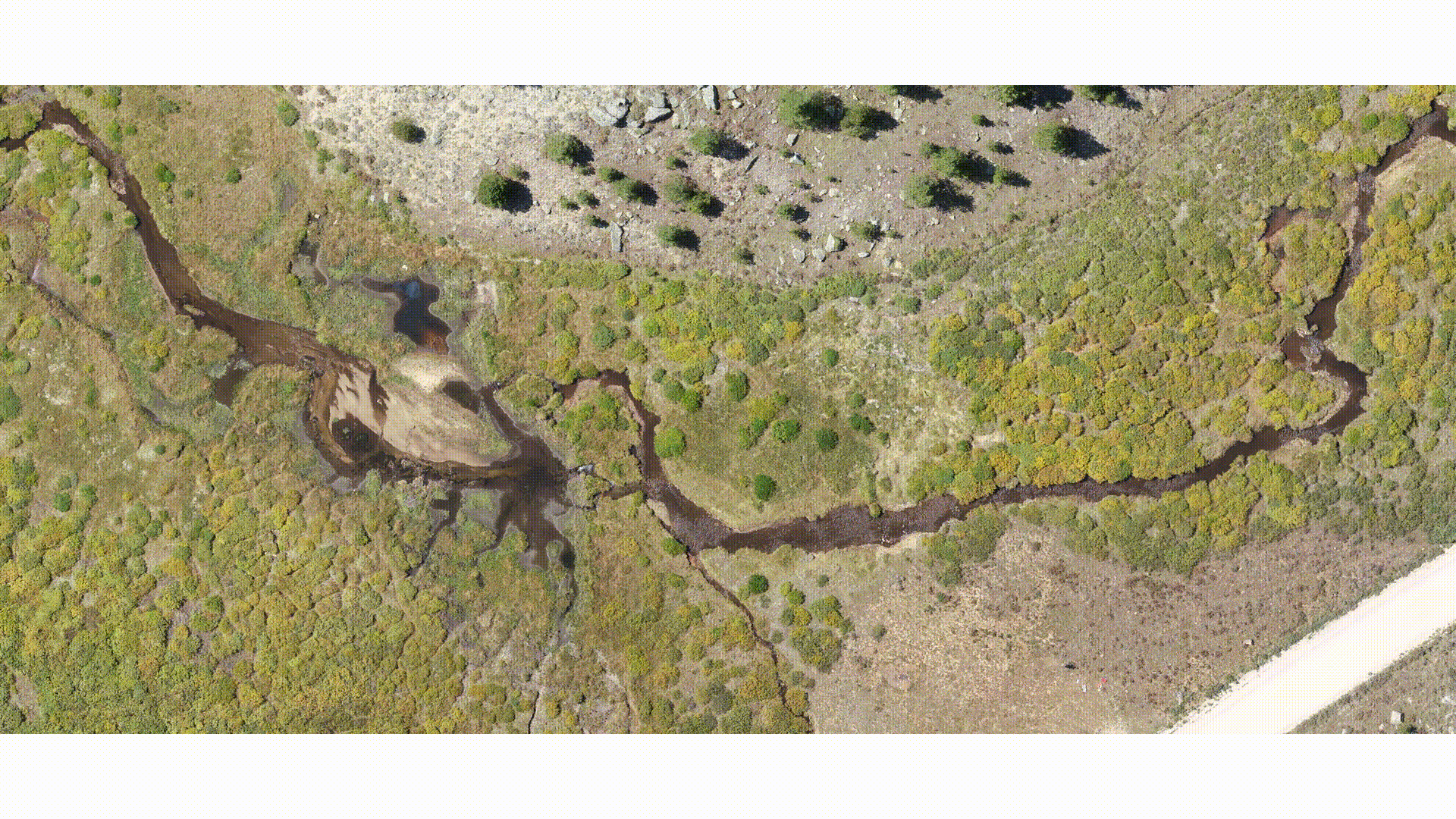
RESTORATION, REMOTE SENSING, & BEAVERS
I am a dedicated ecologist with eight-plus years of experience working in riparian systems across the Western United States. I am currently working as a restoration practitioner in western Colorado focusing on low-tech process-based restoration of riverscapes. I am working to implement restoration at pace and scale on our public lands.
RESTORATION
My restoration work focuses on low-tech process-based restoration (LTPBR) of riverscapes. This method uses treatments that promote natural processes which allow the river system to regain its natural dynamic character overtime.
I participate in every component of a project including design, fundraising, permitting, project management, implementation, and monitoring. Currently I am an active partner in one of the largest LTPBR restoration projects in the country working to develop methods to design and implement restoration on a landscape scale.
REMOTE SENSING
I have been working with Geographic Information Systems (GIS) since 2017 for a wide variety of applications. Currently, I am largely using GIS to assist in triaging restoration projects and monitoring restoration projects. I use a variety of data including Google Earth imagery, aerial photographs, drone surveys, and Landsat products to map historical beaver capacity and restoration feasibility.
BEAVERS
Beaver were once abundant throughout North America and are still recovering from their near extinction caused by the fur trade. Beaver dams and activities help maintain ecologically functioning riverscapes by influencing stream complexity and therefore, providing a wealth of ecosystem services. While LTPBR techniques perform these same functions, they cannot compare to actual beaver colonization. Beavers perform constant maintenance on dams, lodges, and canals. Restoration efforts are ultimately most effective when beavers move in.

